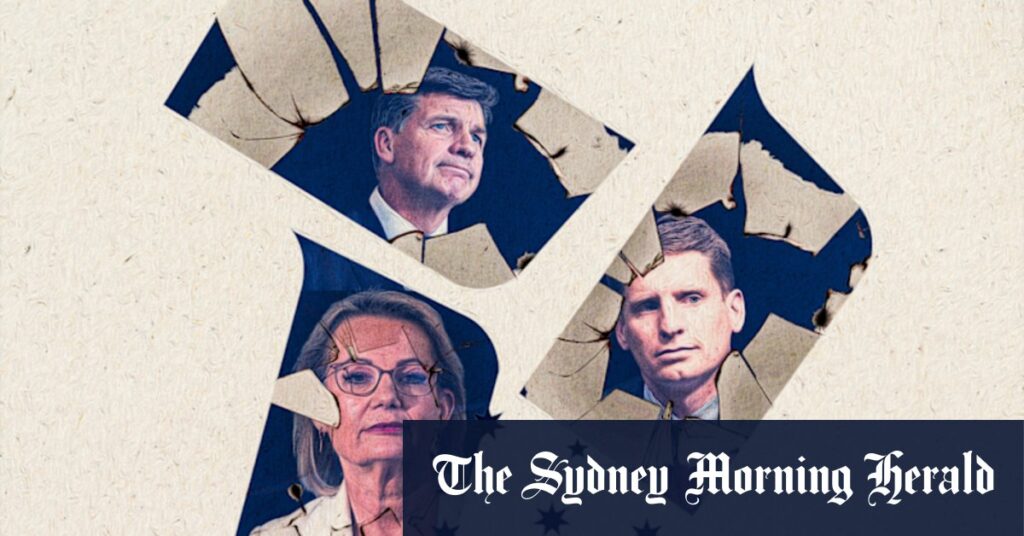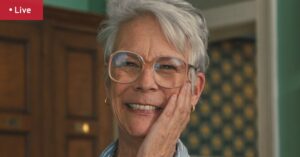
The Australian Liberal Party is experiencing a significant internal shift as a new faction emerges within its ranks. This development comes just five months after Sussan Ley assumed leadership of the Coalition. The rise of a group of conservative MPs, characterized by a populist, Trumpian flavor, is challenging the party’s traditional doctrines, creating ripples across the political landscape.
In recent weeks, Ley’s leadership has been tested by the loss of two prominent shadow ministers, Andrew Hastie and Jacinta Nampijinpa Price, both associated with the party’s “new right.” This faction, which has taken shape over the past five months, seeks to disrupt established Liberal orthodoxies, advocating for a shift towards the Make America Great Again (MAGA) movement’s principles.
The Emergence of the National Right Conservatives
The National Right Conservatives, the largest and most dynamic faction within the party, is currently experiencing internal divisions. Although not formally split, a sub-faction has emerged, led by figures like Hastie and Price. This group aims to challenge the old guard, which includes stalwarts such as Angus Taylor, Michaelia Cash, and James Paterson, who continue to uphold traditional conservative values like smaller government and lower taxes.
Currently, Ley’s Moderate faction holds 16 members, while her ally Alex Hawke’s Centre Right faction contributes four members. Additionally, six MPs remain unaffiliated with any faction. This coalition provides Ley with a secure 26-vote majority in the 51-member party room, safeguarding her leadership for the time being.
Old Guard vs. New Right
The old guard, led by figures like Angus Taylor, is characterized by a pragmatic approach to policy, advocating for credible climate policies and economic reform. Despite losing the leadership contest to Ley, Taylor has remained a key player within the party, often viewed as a bridge between factions.
Conversely, the new right, while not officially recognized as a separate faction, represents a generational shift. This group is more open to government intervention in markets and focuses on issues like energy security and reducing immigration. Their rhetoric echoes that of Donald Trump and Nigel Farage, appealing to Australians with messages of national pride and economic revival.
“The new right doesn’t want to blow up the show – it wants to take over.”
Moderates and Their Challenges
The Moderates, led by Sussan Ley, have faced significant challenges following the 2025 election. Ley, seen as a political chameleon, has had to navigate internal tensions, particularly concerning her long-standing alliance with Centre Right leader Alex Hawke. Despite these challenges, Ley remains a pivotal figure within the party.
Anne Ruston, the formal leader of the Moderates, faces pressure from ambitious young MPs eager to assert their influence. The faction’s internal dynamics are further complicated by preselection battles for limited Senate spots, adding to the uncertainty surrounding its future direction.
The Role of the Centre Right
The Centre Right, under Alex Hawke’s leadership, has played a crucial role in shaping the party’s leadership dynamics. Known for its tactical prowess, the faction has influenced key leadership decisions, including the transition from Tony Abbott to Malcolm Turnbull and later to Scott Morrison.
Hawke’s pragmatism and political acumen make him a valuable ally for Ley, especially as the party seeks to regain suburban voters. His influence underscores the importance of strategic alliances within the party’s complex factional landscape.
Unaligned MPs: A Pragmatic Force
Amidst the factional maneuvering, a group of unaligned MPs exists, characterized by their indifference to factional politics. These veterans and newer MPs prioritize stability and support the leader of the day, serving as a pragmatic bulwark against potential upheaval.
As the Liberal Party navigates these internal challenges, the question remains whether the old guard and new right can reconcile their differences. Should Ley falter, the resulting leadership contest could redefine the party’s future trajectory.
“Once we deal with this outbreak [of disunity], we are actually ready to be a proper opposition.”
The unfolding developments within the Liberal Party highlight the evolving nature of Australia’s political landscape. As factions vie for influence, the party’s ability to unify and present a cohesive vision will be critical to its success in future elections.







